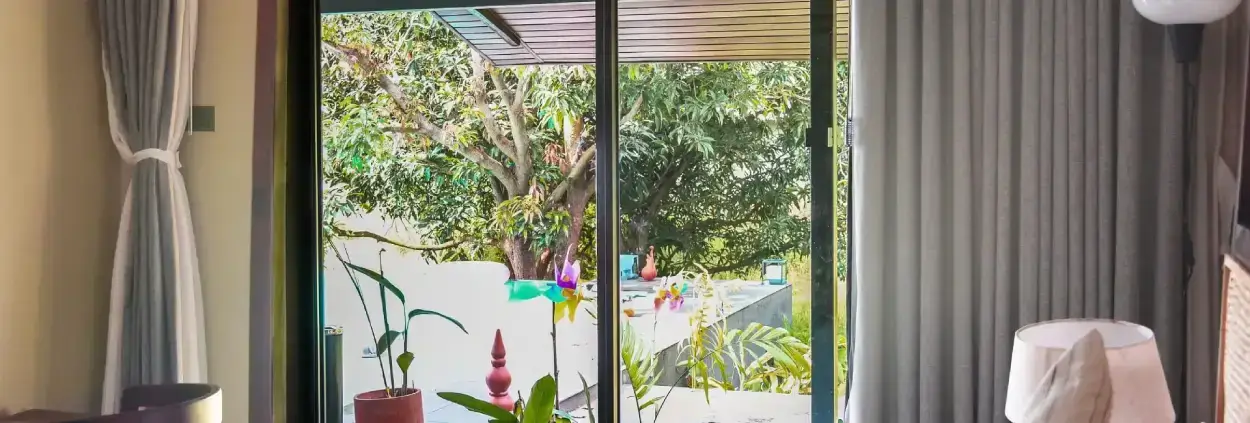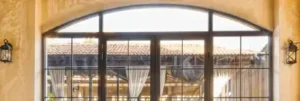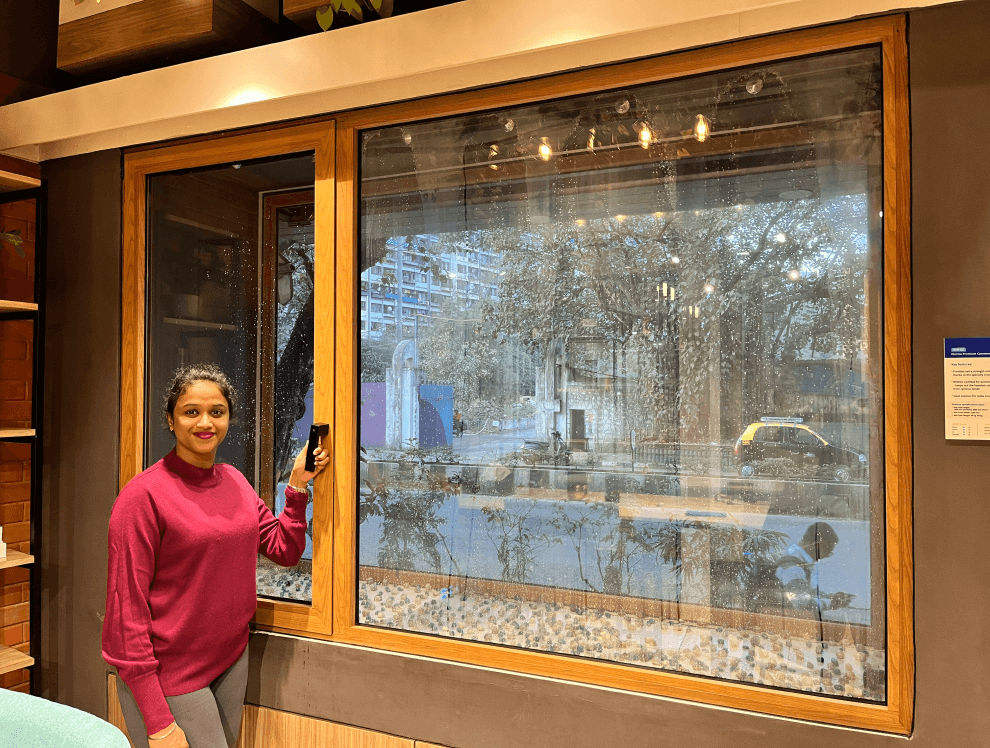
5 Common Myths About Triple-Glazed Windows Debunked for Modern Homes
Are you looking to replace your old windows or planning to buy specialised glass for a new home, but are you worried about the myths surrounding double-and triple-glazed windows? Well, look no further. This blog will debunk several common and persistent myths to enable you to make the right choice based on the facts and dispel the fog of misinformation and misunderstandings.
What are Triple-Glazed Windows?
As the name suggests, a triple glazed window consists of three panes of glass with a microscopic film of what is typically called a Low E, or low-emissivity film, aimed at improving the thermal efficiency of your windows and sealed within a frame with argon or other inert gas in between the frames along with spacers and thermal breaks along and glazing beads where necessary.
They were invented as a natural progression from double-glazed windows with only two panes of glass attached. They decided to add another pane of glass to increase their effect, resulting in up to a 40% boost in energy and thermal efficiency over double glazed panes. These layers of glass have a pocket of air or inert gas sandwiched in the middle section of each pane. Inert gasses like argon and krypton are used as filler gases to improve thermal insulation. The market offers a variety of triple-glazed window options.
What are Some of the Common Misconceptions About Triple Glazed Windows?
-
Triple glazing is more prone to internal condensation
While triple glazing has the potential to have internal condensation, sealing argon gas in between the glass panes and using glass spacers helps eliminate condensation on the surface of the window.
-
Double/triple glazed windows will ruin the look of my home
Some people believe that double glazing or triple glazing would look weird and ruin the look of their homes due to the thickness of the frame and minimal visual distortion due to the use of several glass panes.
-
Triple glazing makes your home feel dark and gloomy
Although using several panes results in less light passing through to the indoors, using triple glazed windows does not make your home dark and gloomy, as it would be barely noticeable.
-
Triple glazing requires additional maintenance
For all intents and purposes, most aluminium double glazed windows and triple glazed windows require minimal maintenance to function properly and last for 2 to 3 decades easily, thus making them an excellent option for most houses.
-
Triple glazed windows aren’t worth the extra money
Triple glazing is indeed more expensive, and for most Indian households, it doesn’t make much sense to get a triple glazed window compared to a double-glazed one, considering diminishing returns. However, the gains between the two still make a significant difference when needed, especially in areas with lower temperatures, where triple glazed windows offer a much better value proposition.
What is the Difference Between Aluminium Double Glazed Windows and Triple Glazed Ones?
Another common concern homeowners might have when looking to get a triple-glazed unit is the cost-to-performance ratio and the value proposition of a triple glazed window over a double glazed one. Here is a table of some of the key differences to help plan getting the right outdoor window design:
| Scope | Aluminium Double Glazed Windows | Aluminium Triple Glazed Windows |
| Energy Efficiency | Double glazed windows also offer much better energy efficiency than single glazed windows. | Triple-glazed windows are much more energy efficient, letting warmth enter the home and reflecting the warmth already present. |
| Security | Double-pane windows offer much better security than single-pane glass with the option to laminate the glass for extra security. | Double—and triple-glazed windows offer much better security than single-pane glass. Both offer laminated glass for extra security, preventing easy break-ins. |
| Sound Insulation | Double glazing offers decent noise reduction compared to single glazing reducing outside noise significantly. | Triple glazing, however, typically offers slightly better soundproofing due to the extra pane and air gap, making it a good choice for homes in noisy environments or on busy roads that suffer from noise pollution. |
| Cost | Double glazing costs 40-50% more than a single-pane window depending on the specific manufacturer and features. | A triple glazed window costs 20-30% more than a double glazed one. |
Conclusion
Both contemporary double glazed windows and triple-glazed windows offer many advantages to homeowners when choosing the right aluminium window for their homes. Understanding the differences between the two and debunking the common misconceptions allows one to explore the options available and choose the right one with confidence and peace of mind.


 +91 97699 40000
+91 97699 40000











